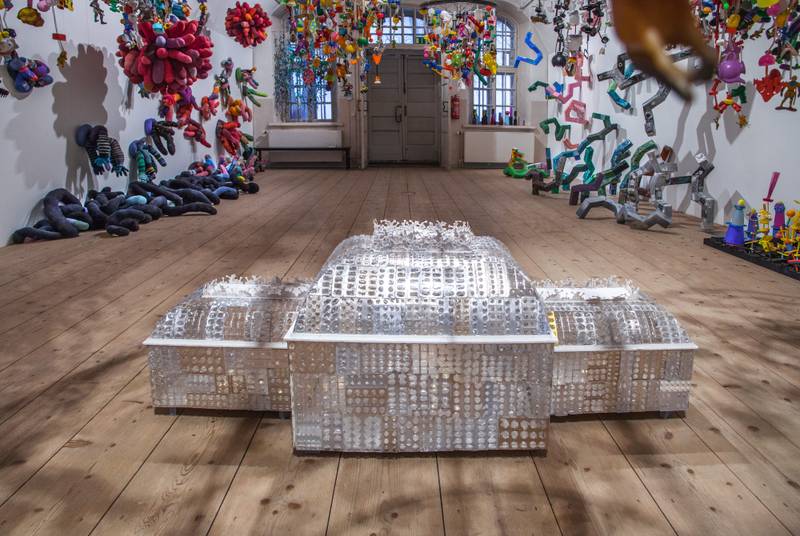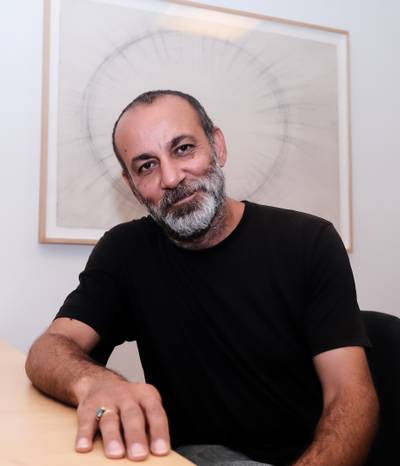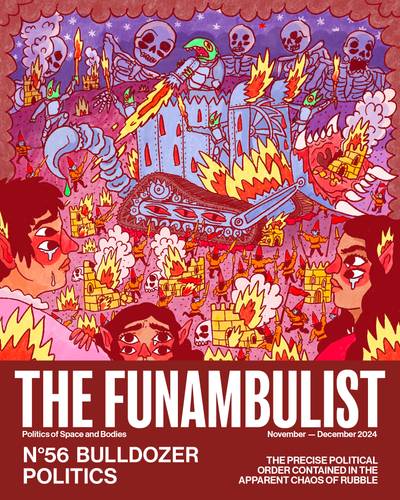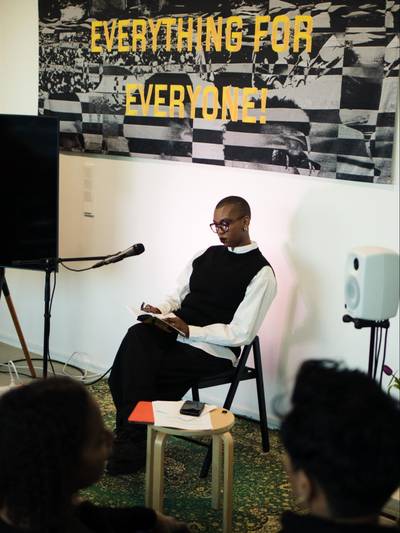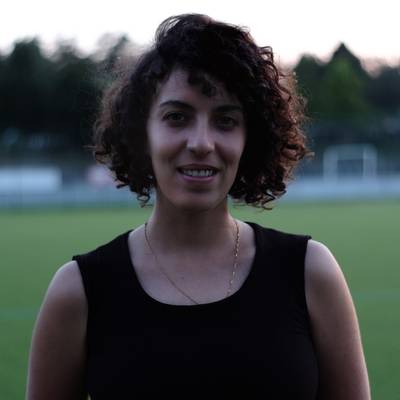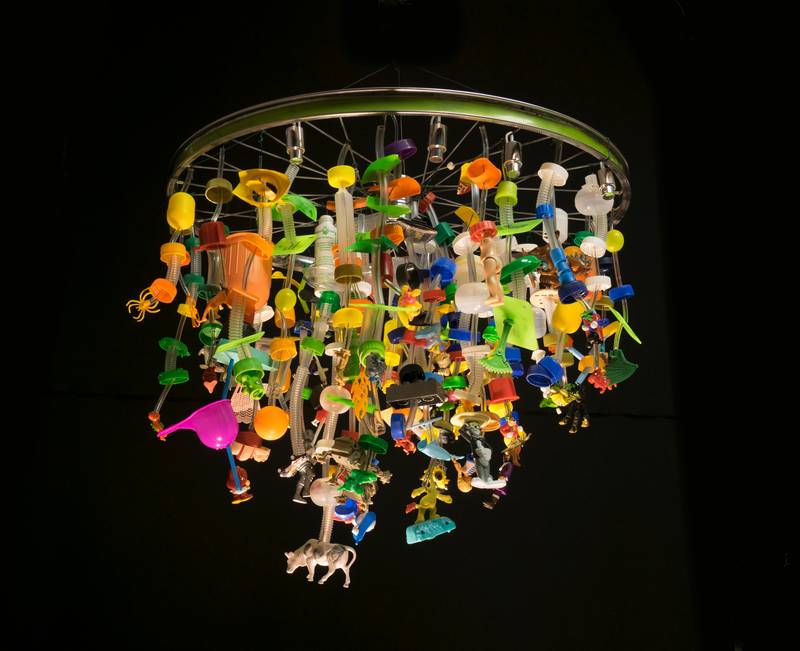

Juha Hilpas works in video, writing and in contemporary art through various mediums of expression. His artistic work deals largely with material experiments in the context of mythologies, language and ”for the fun of it”. His works have been exhibited mostly in the Helsinki area, but have also been featured in various instances and events in Estonia and Croatia. Besides arts, he works to develop media content for finnish nonprofit organizations and has an interest in both fictional and non-fictional writing practices.
I am greeted warmly by Kristiina ‘Tikke’ Tuura at her home in mid-eastern Helsinki. We discuss art and her background as a documentary filmmaker. Her favourite reality show is on TV. It’s about a guy in Denmark who is repairing his sustainable farmhouse in the middle of nowhere. Kristiina prepares me a vegetable stew with cashews, cheese, and bread.
I think I might get used to this job.
We decided to go to Kristiina’s studio next door when our conversation turned to her early career as a filmmaker. We discuss her long career as a documentary filmmaker and reporter. She offers me a chronological account of her career because I keep jumping back and forth between her career and her later works.
This interview is a patchwork version of our conversation, like a quilt or a crocheted text.
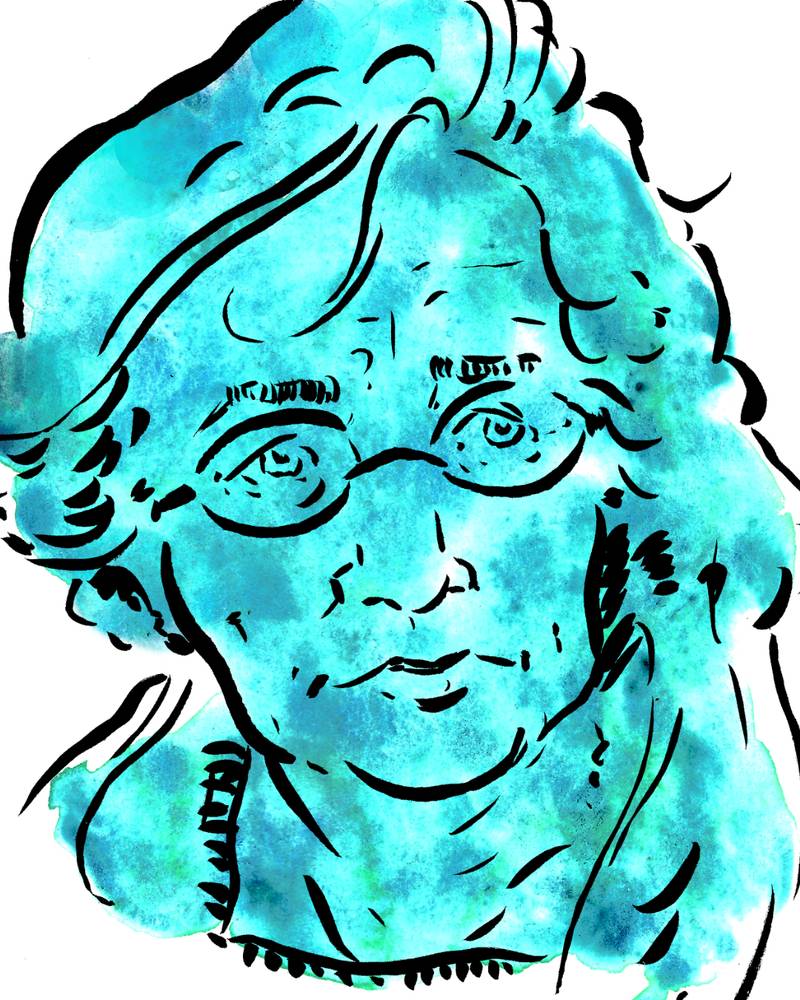

Portrait of Kristiina ‘Tikke’ Tuura by Juho Sihvonen
TUURA: I was born in Espoo. My mom was a teacher, so from when I was five up to age ten, we lived in a school in Ilomantsi. We moved around in southern Karelia, so the eastern culture has definitely affected me. I spent two years at an art school in Sweden and two years in Lahti, after which I enrolled in TAIK (predecessor to AALTO Arts) in 1973. For films, I initially worked as a property master for many epoch and fantasy productions, which were quite demanding for the props department back then. That’s where I started to think about making my own stories.
Tuura travelled around Africa for several years, in countries such as Nigeria, Zambia and Zimbabwe, making documentaries with her colleagues. The subject matter of her documentaries often revolved around the role of women in societies. I asked her how she transitioned into making documentaries after working extensively as a property master in the props department. I started my own movie company, and that’s how I became a producer. From then on, together with Päivi Takala, we wrote and directed documentaries, so I can’t say there was any sort of plan or deep contemplation behind it. It was more a matter of coincidence and an attitude of “Yeah! Sure, let’s do that.”
About how I chose to make films or why I decided to move toward documentary films, the thing is, I’d already worked a while in fiction film, and I didn’t want to dedicate my life to making other people’s stories. Not that other people’s stories weren’t interesting, but they weren’t mine, and even if a documentary tells about other people’s stories, the perspective and narration are still (Päivi and) my choices. This way, I was closer to what I wanted to tell and show about the world.
Aside from making documentaries, Tuura has worked as a journalist and a media trainer and worked in refugee camps in Pakistan and Afghanistan. This was just before September 11 attacks in the US. I asked about her perspective on how significant crises are narrated in media.
As someone who’d been in refugee camps as a journalist and seen the effects of Taliban rule on people, the conversation about human lives was lost in the general discussion after 9/11. Much of the talk seemed to be about conspiracy theories on who was on what plane or did what. We then decided to go back to Pakistan. I was so annoyed by how most reporters did their stories from rooftops of big-city hotels and had this obsession with doing LIVE broadcasts from remote refugee camps. I strongly disagreed with the “news from the top-down” approach.
We discuss how things have changed regarding how media handles issues about topics that are not mainstream. I start wondering how one should approach working with similar issues in the arts field. Her work Crocheted Tent is an installation built from a myriad of craft practices made by immigrant women worldwide. How did the transition from documentaries to installation art take place?
One has to be respectful towards someone willing to tell their story and not impose one’s own opinions and views when someone’s ready to open up their wounds. Respect for the human, the situation and the story is everything. This is common sense.
I was curious how this representation benefits the participants to present themselves as active makers through their craft instead of remaining just an object of discussion in art. Kristiina Tuura has employed this method of working in many of her other works within her “Pata, Sandaali ja Virkattu teltta” initiative. (Pots, Sandals and Tent with their respective materials.) However, she is keen to point out that she is not a community artist but an artist who works with communities. This aspect of her work becomes increasingly emphasized as we move on to her more recent works.
Ecological issues weren’t a part of my thinking from the beginning. I think I’m a very typical Finn in a sense; that has been only in the past ten years that I’ve woken up to these matters. It happened when I visited my son and his family in Mexico after the Pots, Sandals and Tent initiative. It took me a while to situate myself there. To familiarize myself, I started a habit of walking around and collecting all these incredibly beautiful bottle caps that I found lying around. I had bags full of them. I thought they were so wonderful that I should make something out of them, a small chandelier. While collecting all this plastic, I started researching the trash problem in the oceans. I contacted an organization in Finland that held events for collecting and cataloguing trash from beaches around the Baltic Sea. At first, they weren’t interested when I suggested I’d work with them, but they warmed up after keeping in contact with them for a year. I got in touch with people who organized diving events for collecting underwater debris. I joined them in Turku to make an installation. Again, without a greater plan of what to do, I just took a tarp with me and had this rule to start arranging the installation in the order in which the divers kept surfacing with the trash.
I try to tell about my worries by finding a playful way of expressing them—for example, the crocheted tent. In a way, it’s a very simple idea. I’m not sure if anyone has done things that way, but I feel like the way we tell stories has to be somehow surprising.
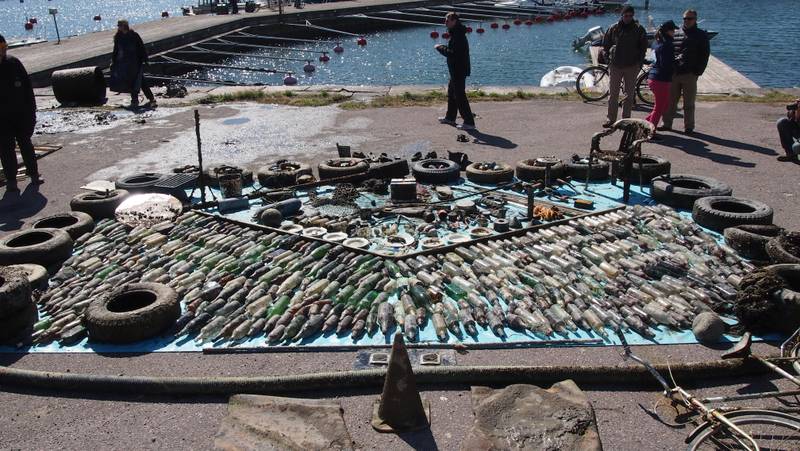

In projects like the one started in Turku, Kristiina meticulously collects junk picked up by volunteers and then arranges them into elaborate compositions. Whether set on surfaces or built into complex sculptural installations, they always engage in a visual play between structure and disorder, with an almost ornamental sense of aesthetics.
First of all, I love symmetry and struggling with symmetry. Indeed, there are a lot of influences from places I have visited. And the influences I’ve taken are joyful and liberated, especially from my stay in Mexico. Like I’ve said before, my themes are “Worry and Play”. I am worried about the world. For example, how the media presents stories and images from developing countries. I try to tell about my worries by finding a playful way of expressing them—for example, the crocheted tent. In a way, it’s a very simple idea. I’m not sure if anyone has done things that way, but I feel like the way we tell stories has to be somehow surprising. Or how to know about plastic? Because, in a way, all of these are very precious little objects, I’d still like to think that while we’re watching them, they might get us thinking about the essence of plastic trash.
Regarding the pollution of the Baltic Sea, my approach to art is at its most philosophical. With that project, there are the divers, with gloves protecting them from cuts, digging the bottom of the sea for all sorts of shit. When the divers brought all that material to the pier, I had to find a way to make the artwork pleasing in form and simultaneously make the audience think of why was all of this junk there in the first place. What else is there? What else is there that remains hidden under the surface in our society?
Kristiina points out that her history in film props has given her the eye to see what things can be besides what they are. I’m also a hoarder, and our discussion ventures into details, such as construction and spatial requirements for this field of art. We continue going back and forth from her previous works. There are unfinished works, toys, decoratives, and several objects of wonder.
Right now, for the first time in my life, I’m doing these things only for myself to enjoy the aesthetics. As a documentarist, I’ve been working with so many challenging issues. It’s been a bit hard for me to adjust to these challenges, but nowadays, I work for the pleasure of making beautiful things. I’ve done so much in my life out of worry. But when a person is 70, I feel like they’re granted freedom from the world’s concerns and enjoy making beautiful art.
She picks up a few of her favourite parts from broken-up toys—a figure of a dismembered mermaid and a piece of a spacecraft. The mermaid gets a jetpack and weird tentacle hands from plastic plants. As we laugh, the joy of making things out of everything discarded pierces through her voice. I leave and receive a warm hug on my way out.
